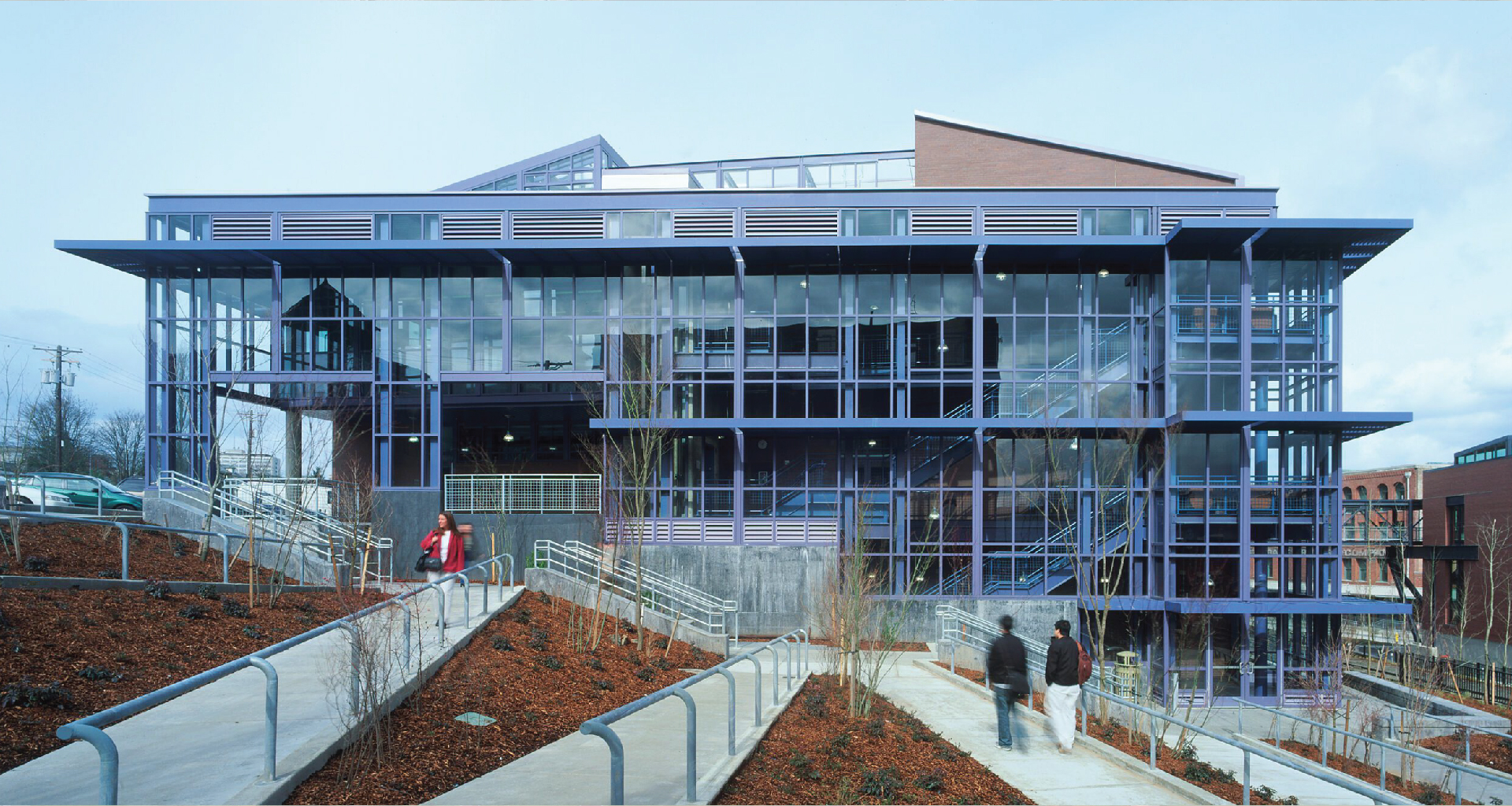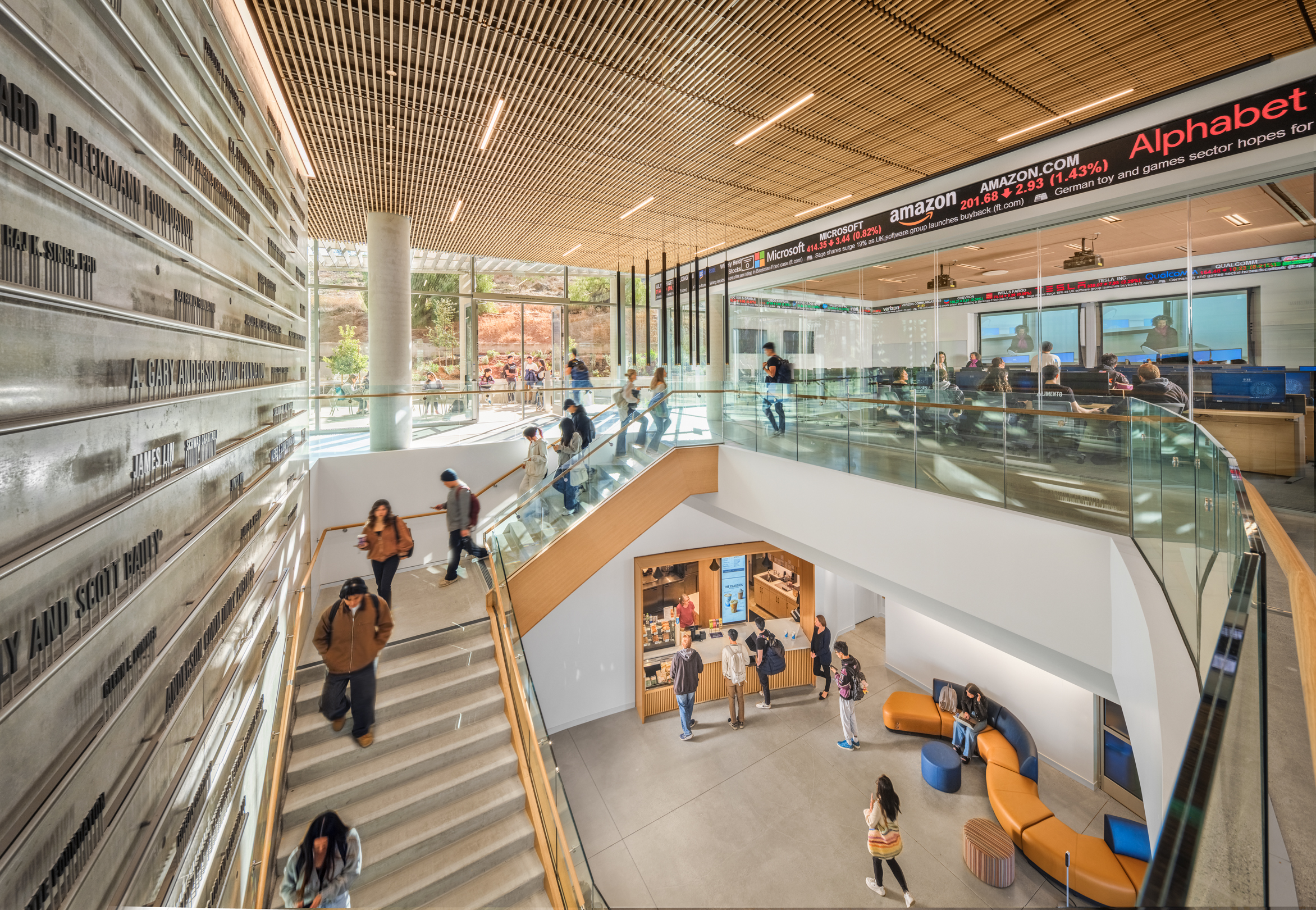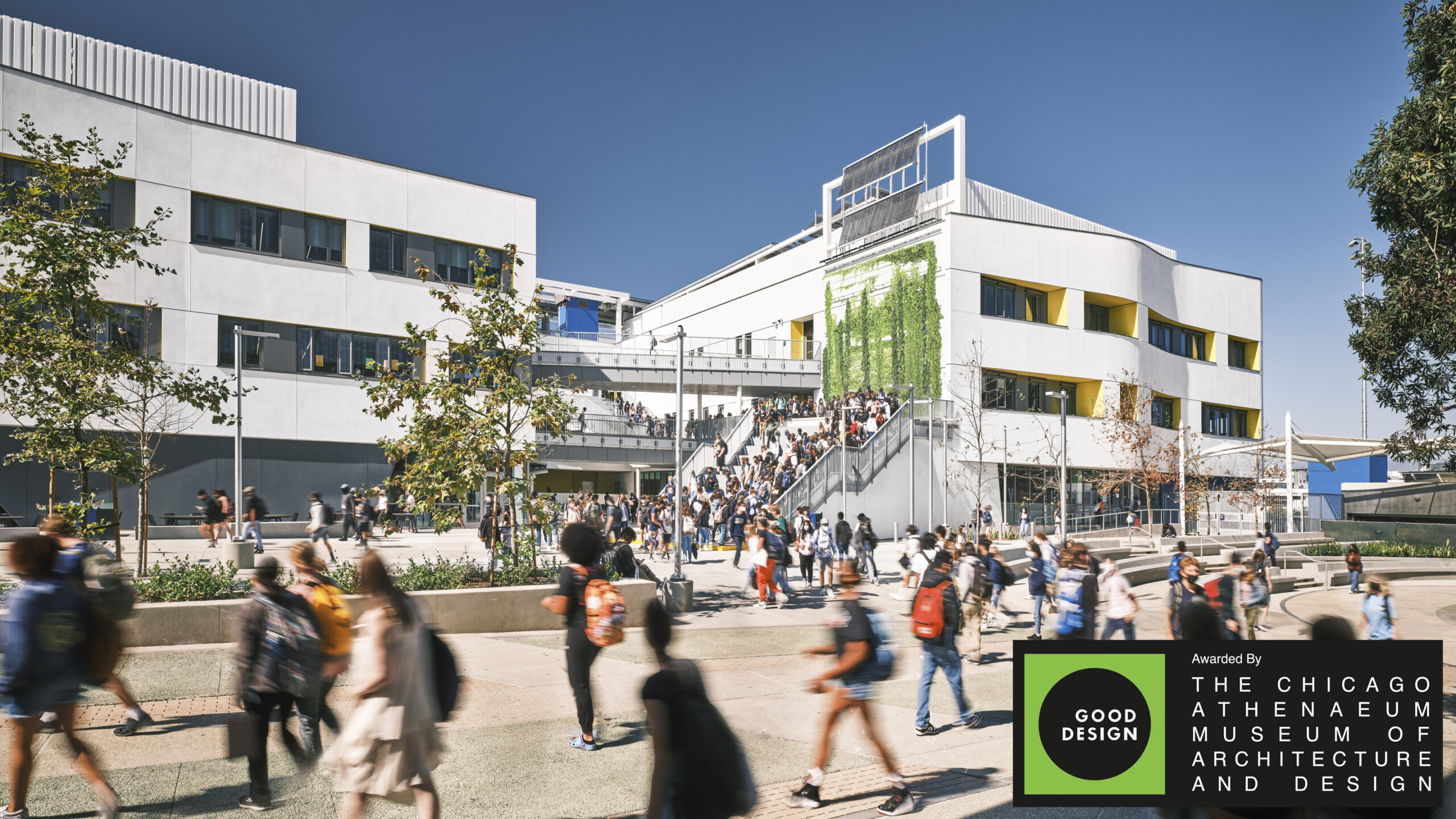A key message in How Buildings Learn (Stuart Brand, 1994) is that the best architecture is both simple and adaptable, with the now well-known example of MIT’s original neoclassical structures. Our work in renewal and re-use has ranged in scale from a whole campus, the transformation of Tacoma’s historic Warehouse District into a new campus for the University of Washington, to mid-century buildings like UCLA’s Faculty Center. In both cases the existing fabric had “good bones”, the essential re-usability that Stewart Brand argued for.
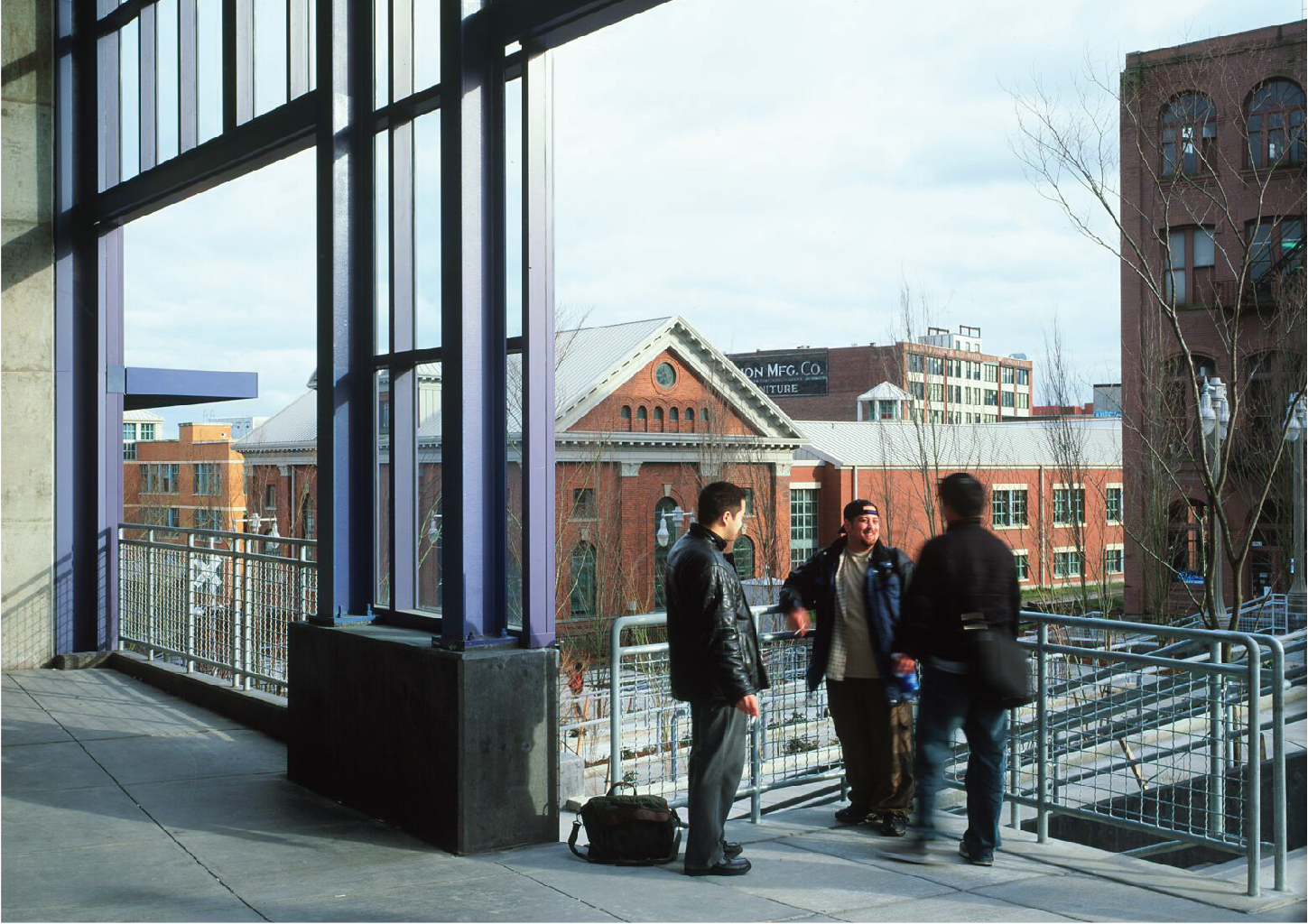
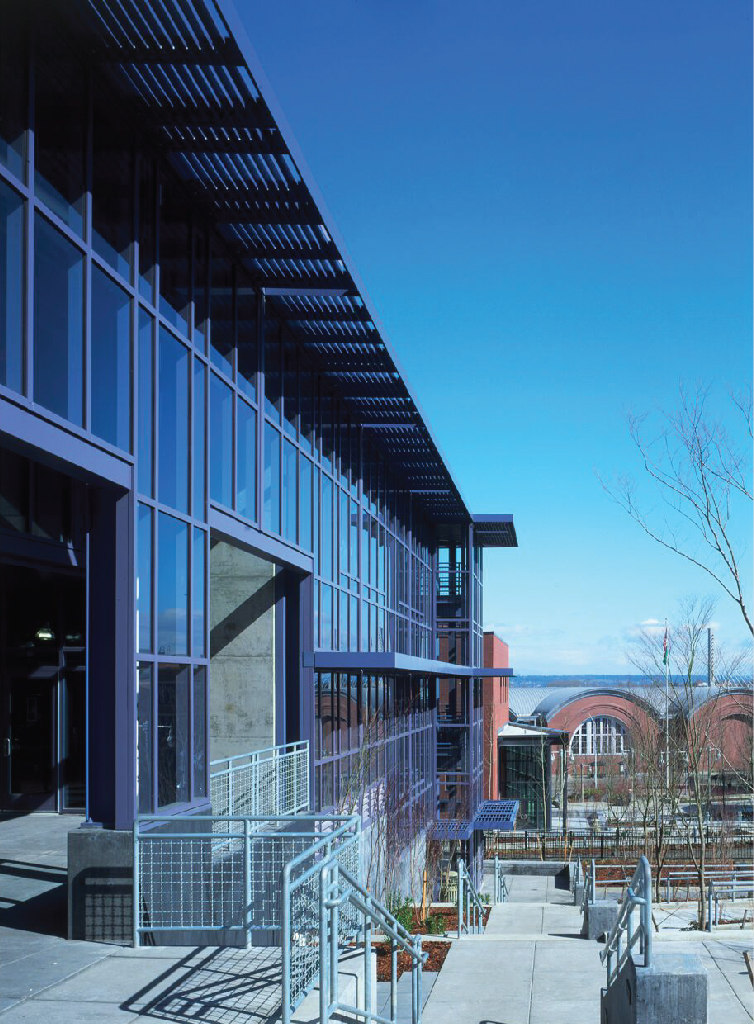
We now design specifically for adaptation, and seek that quality in our new projects, with a set of principles that is coming to be known as Open Building. With an agenda of adaptability closely related to sustainability, Open Building influences everything from building format to modularity, to how systems are layered into structure to allow discrete modification. With projects such as the recently completed Discovery Building at Santa Monica High School, we are striving to make regeneration part of a natural cycle of use for highly sustainable, resilient architecture.
